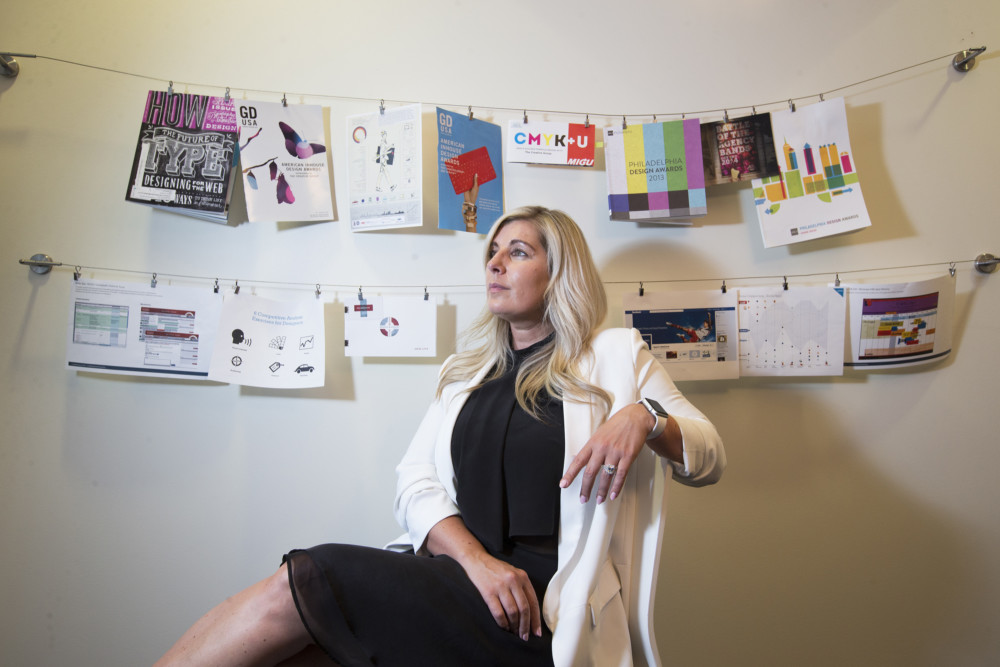By Jane M. Von Bergen
The Philadelphia Inquirer
WWR Article Summary (tl;dr) This article takes a look at how technology has changed the skills that are now highly valued by advertising companies. As one industry recruiter pointed out, the ability to work with data can help people land jobs in the field, even if they lack degrees in advertising, marketing or communications.
PHILADELPHIA
The employees that advertising agencies want most don’t exist.
Employers want digital strategists with 10 to 12 years’ experience, “but they aren’t going to find anyone, because the field hasn’t been around that long,” said advertising recruiter Ginger Kochmer.
“There’s a shortage of good talent,” said Kochmer, who leads the Creative Group in Philadelphia, a specialty recruiting agency within Robert Half International, the worldwide human resource consulting firm.
When it comes to employment trends, specialty recruiters such as Kochmer and Brian Raffle, who opened a Philadelphia advertising practice for Haley Stuart Group, are on the front lines of what is in demand in their sectors.
In the U.S., 499,900 people worked in advertising in July, the Labor Department reported. Payrolls are expanding, with 15,200 jobs added in the last year.
In Philadelphia, jobs are paying above national averages, according to a report by the Creative Group. The report points out three emerging job titles, a creative technologist able to make fast prototypes, a customer-experience designer for online, and a marketing-automation manager, who analyzes lead generation, nurturing and scoring.
“A lot of clients are looking in the overlap between IT development and what the creatives are doing on the creative side,” Raffle said.
Here’s how it works:
Imagine a website or mobile app, with products and colors and logos, videos, interactive components, and ways to buy or chat and comment. All that needs to be designed so it looks good, fits the brand image, and reflects the marketing strategy of promotions, television spots, product selection and price.
Plus, the components need to work together, so that it makes sense to click from page to page, via mobile or laptop.
Obviously, all the hidden coding that makes everything click needs to work and, at the same time, capture customer data and generate leads that can inform the design, the brand, the pricing and even the product mix.
Managing and understanding all that is the responsibility of a digital strategist and that job, Kochmer said, commands a minimum of $120,000 in the Philadelphia market.
Reporting to that person would be those with expertise in “user experience,” or “user interface”, the nuts and bolts of how someone uses a web or mobile site. Is it clunky? Is it annoying? Is it intuitive? Experts in this, Kochmer said, could earn $49,000 to start and up to $184,250 for a director’s post.
“There’s a zero percent unemployment rate in user experience,” Kochmer said.
Raffle said that while a handful of art schools are beginning to teach courses on “user experience,” most people learn the discipline on the job as a refinement on web or digital design, two majors that are available in art schools.
“You don’t come out of college and get a user experience job,” he said.
Employers are also looking for content strategists, Kochmer said. They “make sure there is compelling content, whether it be on web content, e-books, slide decks for pharmaceutical sales, and making sure it is very concise,” she said.
“The website home page is dead,” she said. “What matters is what you read on your Twitter feed and what’s on Facebook.”
As important as the digital side is, agencies “can’t find enough good copywriters,” Raffle said. Of course, the definition of a good copywriter also includes knowing search engine optimization, he said.
A junior copywriter can earn $45,000 while a creative director of copy can get $160,000, Raffle said.
The ability to work with data can help people land jobs in advertising, even if they lack degrees in advertising, marketing or communications, Raffle said.
“We’re seeing folks with psychology degrees with data analytics,” he said. The psychologists help agencies run focus groups that measure effectiveness of web designs.
What’s not in demand, both agreed, are advertising jobs focused squarely on print. For example, print designers, preprint color specialists and print production managers would have a harder time getting hired.
Both Kochmer and Raffle said that sign-up bonuses are common and that most new hires expect a sizable annual bonus, as much as 30 percent to 40 percent, based on performance.
Perks also matter, particularly to millennial workers, Raffle said. “They want to be able to work remotely. They want to wear jeans and T-shirts to work.” Flexibility in terms of work hours and time off also matters.
Company-funded activities, such as regular happy hours or yoga classes, are a draw too, he said.














































































































































































































































































































































































